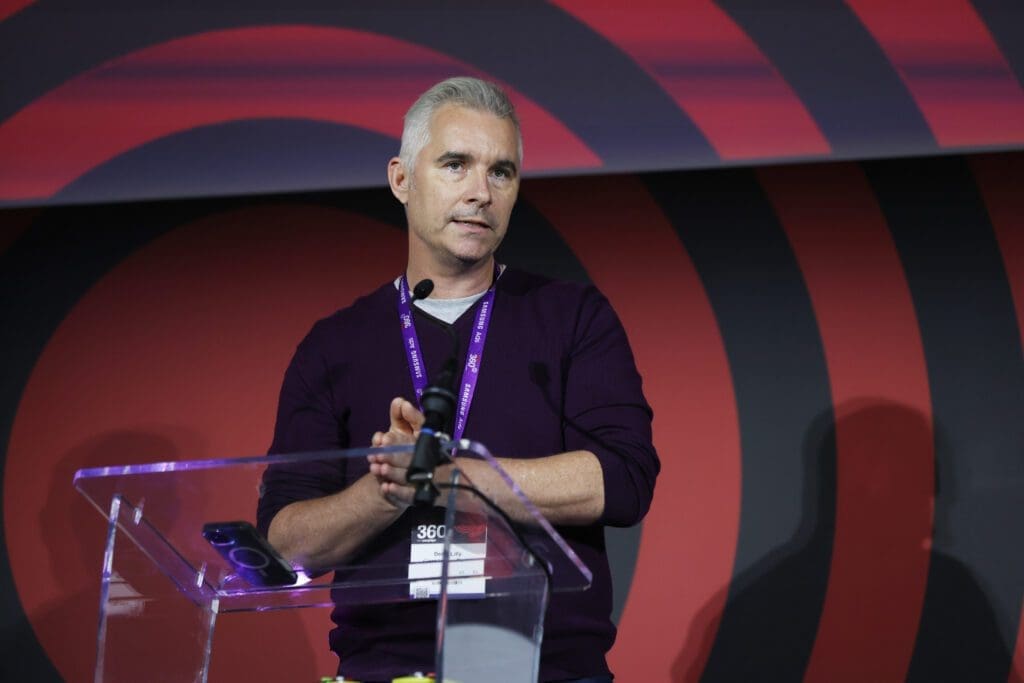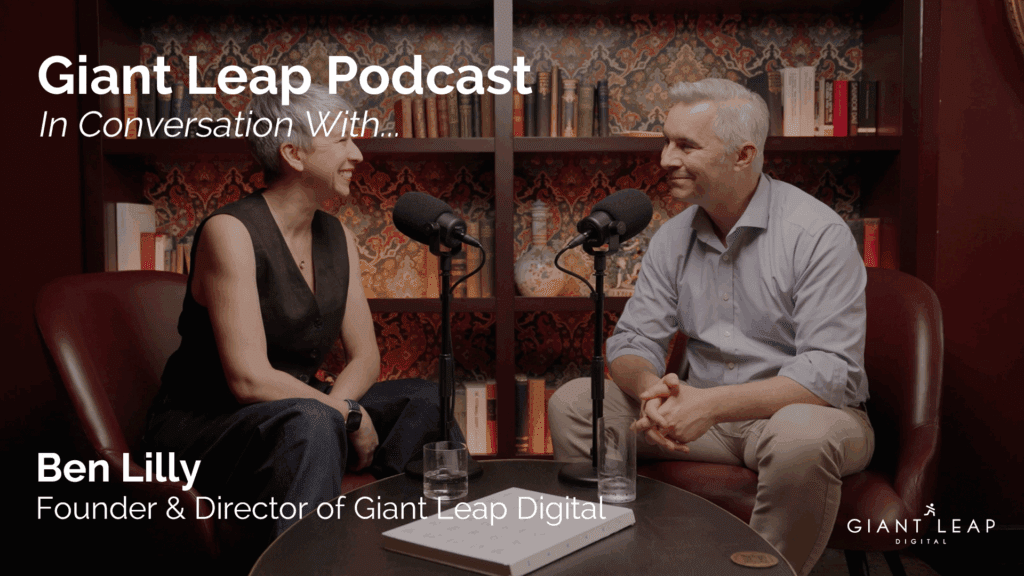In the rarefied world of luxury and ultra-high-net-worth audiences, a quiet revolution is underway.
It’s not loud. It doesn’t wear logos. It doesn’t scream for attention. In fact, the biggest shift in luxury consumption today is the desire to disappear—to move silently through the world, living richly and privately, without the traditional trappings of opulence.
“Once your wealth grows past a certain point—say, north of £30 million—the desire for anonymity grows,” says Ben Lilly, founder of Giant Leap Digital. “You don’t want to be seen in a crowd with a flashy Rolex. You want the yacht where paparazzi can’t get to you. You want privacy, security, and, increasingly, you want meaning.”
This isn’t just a passing trend—it’s a paradigm shift. One that’s reshaping everything from brand storytelling and digital targeting to team structures and agency models. For Ben and the team at Giant Leap Digital, it’s an inflection point—and an opportunity.
A New Kind of Wealth, A New Kind of Strategy
The high-net-worth consumer is no longer defined by what they show, but what they choose to conceal. While aspirational wealth once gravitated toward overt symbols of success—think designer logos, gold-trimmed hotel suites, and brash social media posts—the new luxury consumer is operating on a different frequency.
This is what fashion insiders have dubbed “quiet luxury”—an aesthetic and cultural shift toward under-the-radar quality, boutique craftsmanship, and insider-only recognition.
“These clothes are branded,” Ben clarifies, “but they’re unbranded to the untrained eye. You wouldn’t know it’s a £900 baseball cap, but they know. Their cohort knows. It’s not about public validation—it’s about private recognition.”

Giant Leap Digital was built with this insight in mind. Founded after Ben’s exit from Verb Brands, the agency acts less like a traditional marketing firm and more like a consultancy. “We ask, what’s the actual marketing challenge here? And how do we build the right team to solve it efficiently and elegantly?”
Efficiency is key. And in luxury, it’s non-negotiable. The wealthier the audience, the less tolerance they have for waste—of time, relevance, or effort.
Redesigning the Agency Model: From Mayfair to Midnight Feedings
There’s an irony to building a future-facing digital agency that feels almost old-school in its values. Giant Leap doesn’t do cookie-cutter retainers or bloated middle management. It spins up bespoke senior teams with a minimum of ten years’ experience in their specialism—be it data science, videography, influencer strategy, or branding.
“We don’t have core working hours,” says Ben. “We just say—deliver quality work, on deadline. If that means you’re working at 3am because you’re breastfeeding, or knocking out a campaign over the weekend and taking Monday off—we trust you. That’s the future of work.”
And the results are telling. When Giant Leap stopped measuring hours, something surprising happened. “People worked more, not less. They cared more. They believed in the work.”
This agile structure—remote-first, global, deeply specialized—isn’t just progressive. It’s proven. The agency has landed international clients across hospitality, fintech, superyachts, and wellness, with household names like Sanlorenzo, Payoneer, and Almanac Hotels among its roster. As of today, Giant Leap doesn’t have a single UK client—a quiet comment on where the industry is heading.
“The UK is flatlining,” Ben admits. “Growth for us will come from the Middle East and China. Ignoring China, which will be the biggest luxury market by 2030, would be naive.”

The Billionaire’s Dilemma: Targeting the Untargetable
Luxury marketers face a curious challenge. The audience with the most purchasing power is often the least visible.
“Billionaires are online. But they’re not engaging,” says Ben. “They don’t fill out forms. They don’t call up to request brochures. Their family office does that. Their PA does that.”
Instead of chasing the individual, Ben suggests marketers rewire their approach: go after the influence network.
“Billionaires are online. But they’re not engaging,” says Ben. “They don’t fill out forms. They don’t call up to request brochures. Their family office does that. Their PA does that.”
It’s not just about data points—it’s about whisper networks, about social credibility, about being seen by the right people, not the most people. “You always want what your neighbour’s got,” Ben says. “And in the upper echelons of wealth, your ‘neighbour’ might be someone who charters jets, owns five properties, and buys art through Instagram.”
The Evolution of Taste: Sneakers, Sustainability, and the Great Wealth Transfer
As the biggest intergenerational wealth shift in history unfolds—over $67 trillion changing hands in the next decade—so too are the cultural signifiers of wealth.
Gone are the expectations that the next-gen will invest in oil stocks and old masters. Today’s luxury buyer might be more interested in fractional art ownership, sustainable investments, or a highly curated sneaker collection.

“They’re buying Damien Hirsts on Instagram,” Ben says. “Not through galleries. They’re making intelligent choices, but on their own terms.”
This changing face of wealth is inherently more digital, more global, and more socially conscious. It cares as much about impact as image. Brands that cling to legacy models—be it in tone, targeting, or aesthetic—risk fading into irrelevance.
Final Word: From Broadcast to Belonging
If there’s one lesson Ben Lilly wants the luxury marketing industry to learn, it’s this:
“Know your audience. Flip the lens. Stop asking what your brand wants to say. Start asking—what does your audience need? And how can we meet that need with elegance, discretion, and real value?”
Luxury is no longer about commanding attention. It’s about earning trust.
It’s not about the loudest voice.
It’s about the most meaningful connection.
Learn more about how Giant Leap Digital helps luxury and finance brands connect with wealth audiences.
Instagram: @giantleapdigital


